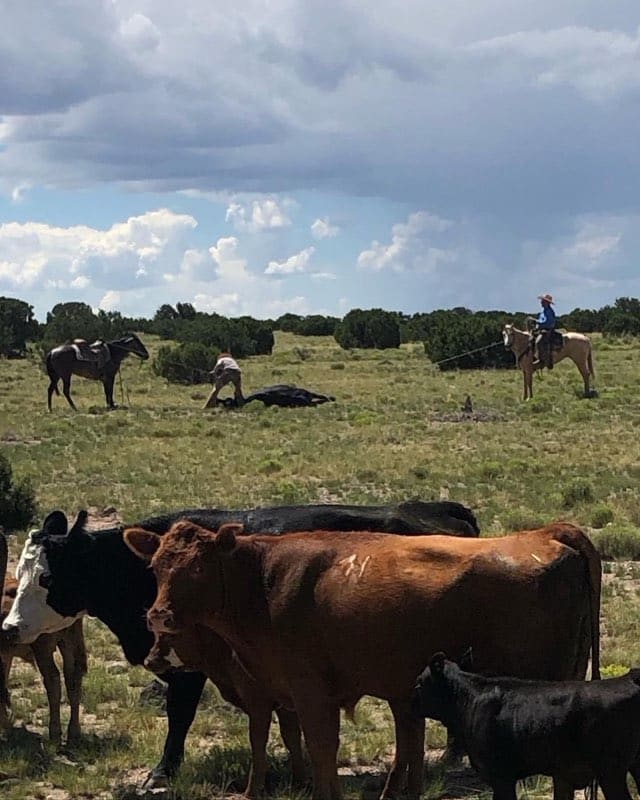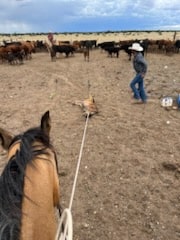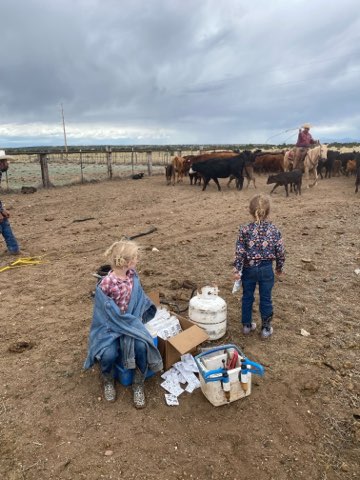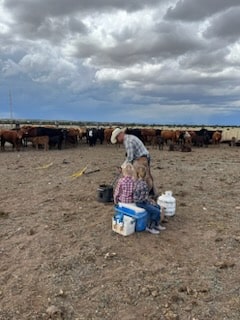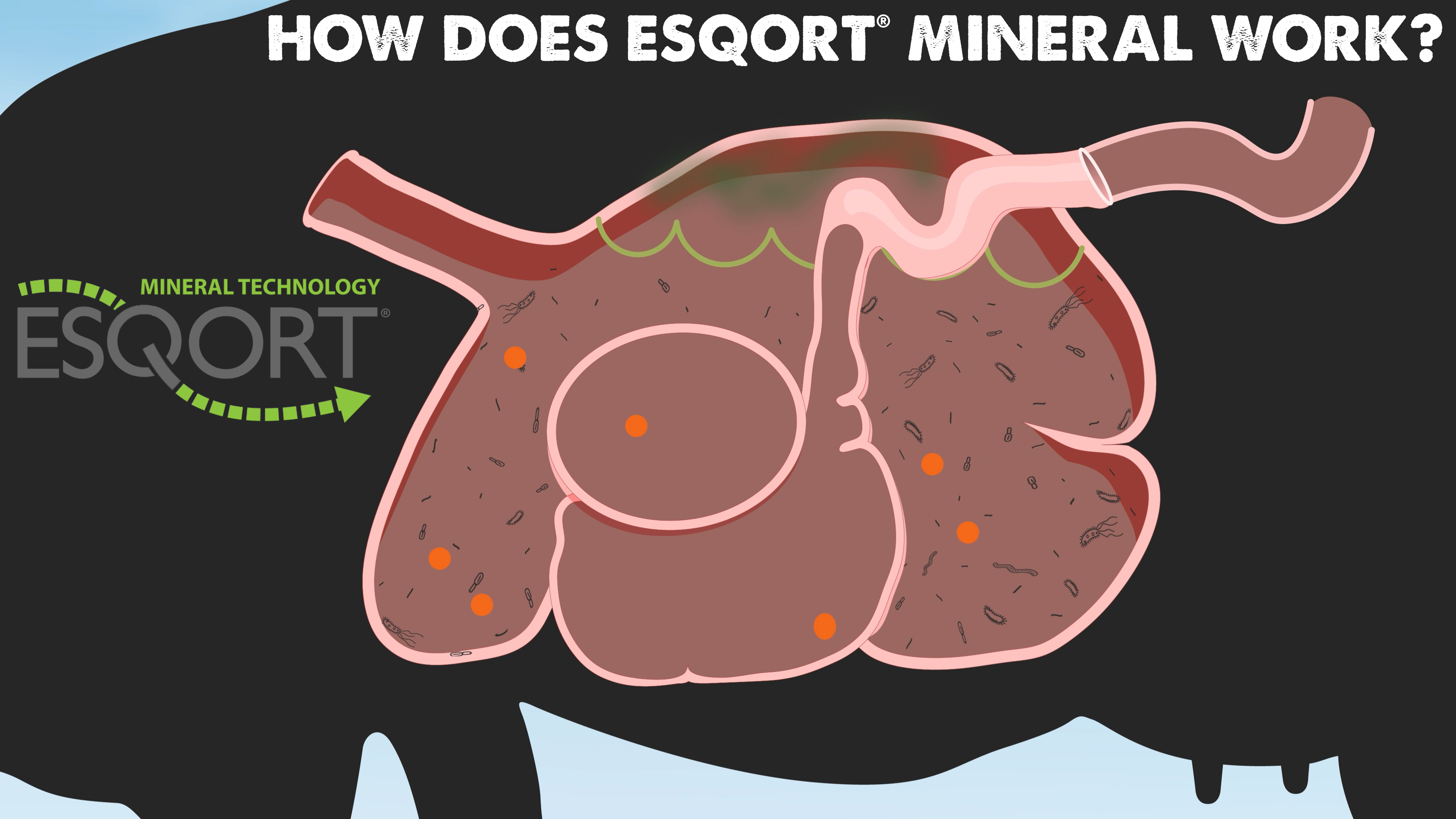Last updated on April 5th, 2024 at 09:45 am
Ranching for fun and for profit
Adapting Management to the Environment Added to the Bottom Line
Travis Johnson Livestock
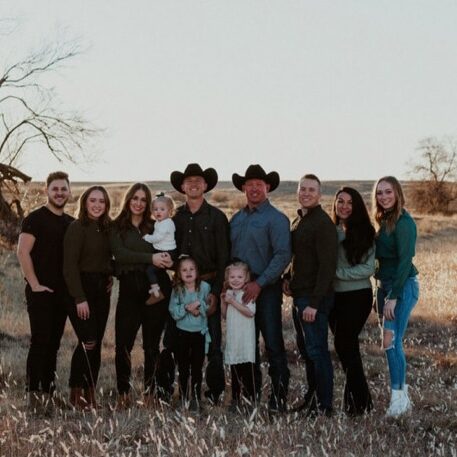
St. Johns, Arizona
The country that consumes the border between central Arizona and New Mexico can be the unforgiving kind; rugged, dry, rocky. The semi-arid, semi-desert ecosystem with its wide annual temperature swings and uncertain rainfall can test rancher and cattle alike.
On the other hand, the High Plains-desert environment, with its rugged beauty, offers plenty of pastures with hard grass and good grazing, if treated right.
That’s the environment that Travis Johnson ranches in and it suits him just fine.
“We run mostly cow-calf,” says the owner of Travis Johnson Livestock, St. Johns, Arizona. In addition, he will run some stocker cattle if drought and grass conditions allow. The operation is spread out over 240,000 acres, a combination of private land, state land and leased private land.
“Our pastures, we count them by sections, not acres,” he says. “But most of our pastures would be, on an acre basis, from 10,000 to 20,000 acres. So you don’t go out and gather cattle in a day, in most cases, to move them.”
So, some years back, Johnson adjusted his management by splitting his English-Continental crossbred cows into different calving groups. “The ranch has different forage bases, so we have a few herds that we calve in the spring, February and March. Then we have some herds that we calve in May and June and then we have some herds that we calve in September and October.”
While that system may not work for others, it offers several benefits to Johnson, who employs only four cowboys. “It has really helped with labor because the labor’s more consistent,” he says. “We’re always branding and weaning calves at different locations, so I’m able to utilize the labor a lot better than I was before.”
Beyond that, having an almost year around supply of weaned calves gives him some marketing advantages. Depending on what the market indicates, he’ll either retain ownership and feed his calves himself or sell them directly to a feedyard.
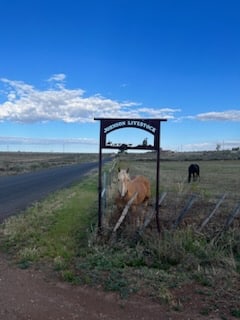
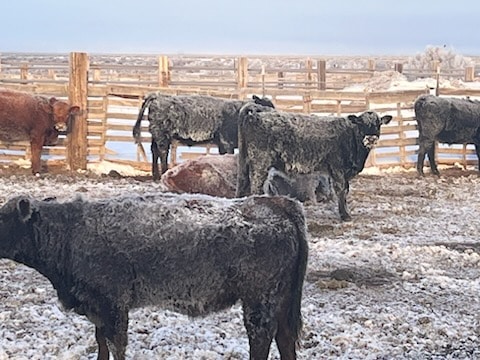
He runs a breakeven on each set of calves, then figures the cost to wean them and stocker them. “Then I go to the futures board or get a LRP (Livestock Risk Protection) contract and use the breakeven to see if it’s worth retaining those calves or not.” If the numbers tell him to sell, “Sometimes I’ll sell them right off the cow and sometimes I’ll sell them as a weaned calf and sometimes I’ll sell them as a feeder. It all depends on the market and the cost to get them to that weight,” he says.
Bottom line, having calves to sell throughout the year spreads his market risk.
“So it gives us some marketing advantages. It also gives us some bull battery advantages. I’m running half the bulls that I used to run to cover the cows.”
What’s more, he runs more efficiently because the system extends the breeding season without compromising the uniformity of his calf crops.
Given that fertility is a lowly heritable trait, Johnson believes you can’t cull your way to a more fertile herd. That’s because nutrition plays an important role in whether or not a cow gets bred.
If a cow is open or gets bred late, he can roll her into the next calving season instead of culling. “Our replacement rate has dropped dramatically on the ranch by doing what we’re doing, and our overall calf crop percentage has increased dramatically by doing what we’re doing because it’s a pretty arid environment.”
By the numbers, he says his weaning percentage has increased 20%.
That’s not to say he doesn’t cull. He’ll sell bred smooth-mouthed cows to ranchers in a more forgiving environment. Then he culls on reproduction.
Open cows at preg check time go in a separate pasture and are re-exposed to bulls. “Anything that bred back, I put a bar brand on them and retain them to see how many stay in the herd or how many drop out. And I found that a very slim percentage of those cows fall out of the herd,” he says.
“I think there’s a small percentage of cows that are infertile. I think the majority of cows that are open have lacked nutrition and it’s a management issue on a percentage basis.”
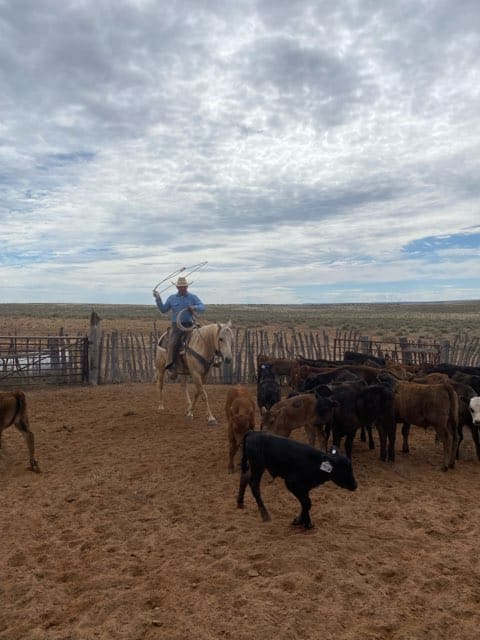
Thus, he doesn’t see an open cow as a bad cow. “It’s an economic decision in my mind, not a genetic decision. Economically, is it going to be better to sell that open cow and replace her with a pregnant cow, or is it better to keep that open cow with very low input and re-expose that cow as quickly as possible so that she can give you some income?”
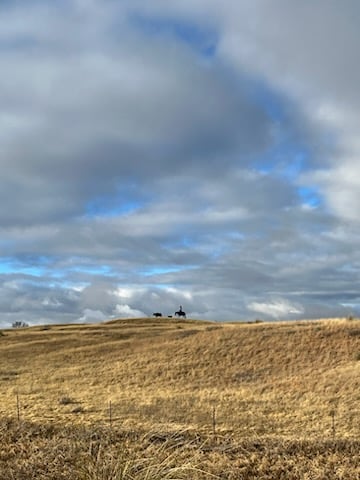
He will, again depending on market conditions, sell a young open cow and replace her from his bred heifer calves. “I don’t sell any heifers at weaning,” he says. “I keep every heifer born on the ranch and, of course, they’re in different calving seasons so they’re not all the same age.”
The heifers are exposed to Wagyu bulls during a 120-day breeding season and the calves sold on contract to Agri-Beef in Idaho. “I split them in early and late calving seasons and they calve on their own in the pasture. We have very low death loss, very low dystocia,” he says. After preg check, any open heifers are sold as feeders.
“I’ll get about 50% of the heifers bred by keeping all the heifers instead of just selecting the top half and breeding those,” he says. “I use it kind of as a stocker program in a sense and a drought risk program. And then, I feel like the bulls can select heifers a little better reproductively than I can because studies have shown that age at puberty is a heritable trait,” he adds.
“So from a logistics standpoint, a marketing standpoint and a financial standpoint, it’s been a big boost. I don’t know if it would work everywhere, but in our area, I wouldn’t do any different way.”
Riomax vs. Bad Water
As if the cows having to contend with big pastures and a tough environment isn’t enough, the ranch is bedeviled with high-sulfur water.
“I took one herd and fed Rio for a year and tried to measure consumption and the reproductive rate and the weaning rate to see if it made any difference. And we had a significant increase in that herd when we fed Rio that year,” he says.
While he saw improvement after putting the orange tubs in front of all his cows, the first year stood out. “I think that’s because that one herd of cattle has the worst water on the ranch. On that part of the ranch, the water is really high in sulfur. In fact, some of it can almost get to sulfur toxicity, especially if you let some water evaporate out of a tank,” he says.
“So I think that’s why we saw such a big jump because I think Rio does a really good job of putting ingredients in their tub that won’t get tied up with sulfur.”
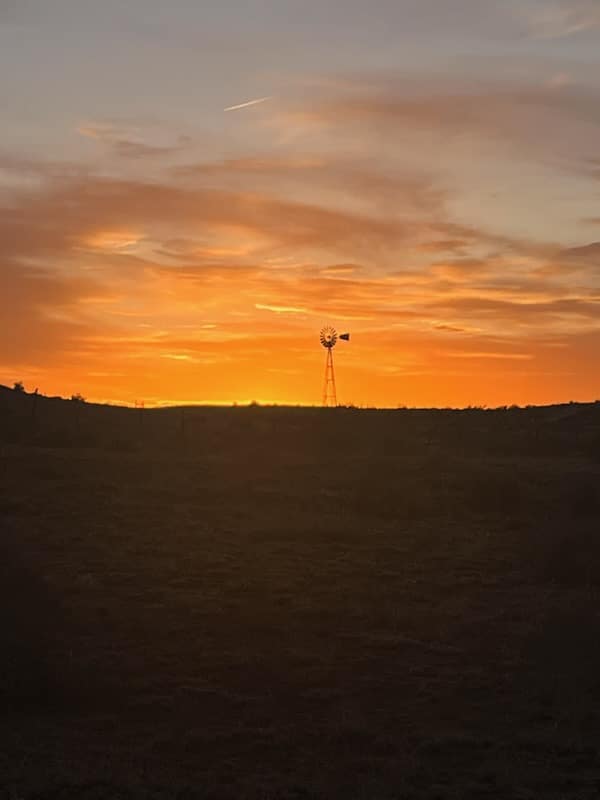
HOW DOES THE RIOMAX MINERAL PACKAGE WORK?
Because we use only 100% protected rumen-bypass key trace minerals, these key nutrients have a much higher chance of making it into the cow's bloodstream.
Johnson has a monthly meeting with his four full-time cowboys where they do a feed report. “I have an Excel spreadsheet where I enter all the consumption of whatever we’re feeding, the pasture and the number of cattle in that pasture. So I know what it’s costing me per day per cow. When I started feeding Rio, the cost was comparable to whatever mineral I was feeding before, but the production numbers increased quite a bit.”
Ranch wide, he thinks Riomax helps his cattle. “I feel like the performance is more consistent than it was before and I notice that their hair coat looks better than it did before,” he says. “I definitely think it’s a good product.”




